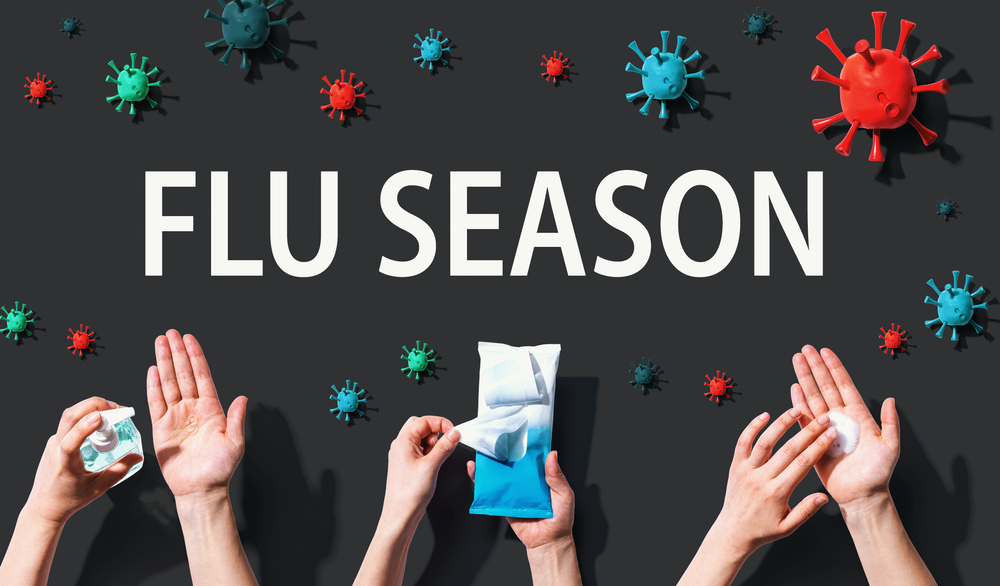By: Michelle Place, CRNP-P
Earlier this month a young child died following days of vomiting. He had been in shallow water in a Texas dike about a week before his death. The headlines of this story attributed his death to a rare condition called dry drowning or secondary drowning. (CNN. June 9, 2017; http://cnn.it/2rECrOV.) The media accounts went viral, spreading significant fear to parents who get information from social media. This happened despite the fact that these terms do not exist in medicine and that it goes against every current national and international guideline for drowning terminology. If you read the articles carefully you would find that no autopsy report had been released. In the initial reports, there was talk of “fluid around the heart” which is not a common finding in drowning. There are a hundred other things which could have caused this child’s death and many individuals in the drowning research community are doubting drowning as the actual cause. (Emergency Medicine News, Breaking News blog, June 16, 2016)
There are two lessons to take away from this:
- Do not be a victim of clickbait. Be an informed consumer of reports found on social media, do not fall prey to fake news.
- Let’s get our facts straight about drowning.
Drowning Does not always end in death
Part of the problem is a common misconception of the meaning of drowning. When we hear that someone drowned the assumption is that they did not survive. Drowning is actually defined as the PROCESS of experiencing respiratory impairment from submersion/immersion in a liquid. In other words, if anyone has difficulty breathing after being underwater then they have drowned. There are three possible outcomes from drowning: death, survival without complications, and survival with some level of impairment. (Emergency Medicine News, Breaking News blog, June 16, 2016)
There is no such thing as a secondary heart attack
If a person’s airway drops below the water and they have breathing problems because of it, it is considered a drowning.Thousands of people, adults and children, drown every year and survive without additional complications.There are also a significant number of people who suffer non-fatal drowning and as a result have severe, moderate or mild brain damage. You can think of this situation as similar to that of victims of heart attacks. Some people who experience a heart attack will die, some will survive without complications, and some will survive with some amount of complications.You do not describe people who experience complications as having had a secondary heart attack! The same is true with drowning. (Emergency Medicine News, Breaking News blog, June 16, 2016)
There is no such thing as near-drowning, dry drowning or secondary drowning.
There are no medically accepted conditions known as near-drowning, dry drowning or secondary drowning. Says who?
The World Health Organization
The International Liaison Committee of Resuscitation
The Wilderness Medical Society
The Utstein Style System
The International Lifesaving Federation
The International Conference on Drowning
Starfish Aquatics Institute
The American Heart Association
The American Red Cross
The U.S. Centers for Disease Control and Prevention (CDC)
(Emergency Medicine News, Breaking News blog, June 16, 2016)
Process- a systematic series of actions directed to some end
The term “dry drowning” is incorrect because It suggests the child had no injury and then suddenly drowned while in bed. Drowning is a process that begins at the beginning, which is your airway underwater, it does not just appear out of nowhere. There has never been a case published in the medical literature of a patient initially without symptoms who later deteriorates and dies. Drowning deaths do not occur due to unexpected deterioration days or weeks later with no preceding symptoms. (Emergency Medicine News, Breaking News blog, June 16, 2016)
The take-home point is that anyone who experiences respiratory symptoms after a drowning incident should seek medical care. People who have drowned and have minimal symptoms will either get better or worse within two to three hours. (Emergency Medicine News, Breaking News blog, June 16, 2016)
What are minimal symptoms?
Using an experience familiar to almost everyone, we recommend that care be sought if symptoms seem any worse than the experience of a drink going down the wrong pipe at the dinner table. Usually these patients can be observed for four to six hours in an emergency department and be released if normal. (Emergency Medicine News, Breaking News blog, June 16, 2016)
These are reasons to bring your child to the Emergency Room:
- Coughing: Any person who has persistent coughing or has foam from the mouth after playing in the water is at risk.
- Water rescue: Any person who was submerged in water and came up struggling, especially if he or she had to be retrieved from the water by a lifeguard, parent, or other bystander needs medical evaluation.
- Behavior change: If your child feels sick, acts too sleepy, or has a change in mental status/behavior after a day at the pool.
- Vomiting: Vomiting after a day of swimming can be due to waterborne infectious disease (poop in the pool water…), but can also be a sign of drowning.
If your child is 100 percent normal upon exiting the water and concerning symptoms develop more than eight hours later, then parents should seek care and providers should consider diagnoses other than primary drowning. Spontaneous pneumothorax, chemical pneumonitis, bacterial or viral pneumonia, head injury, asthma, and chest trauma have all been misattributed to delayed drowning. (Emergency Medicine News, Breaking News blog, June 16, 2016)
What is in a name?
If there are symptoms after being underwater who cares what you call it? What is the harm in using the terms “dry drowning” or “secondary drowning”? It is important that everyone (parents, doctors, researchers, lifeguard trainers, EMS, aquatic safety organizations and the media) speak the same language so that there is a better understanding of the drowning problem. (Emergency Medicine News, Breaking News blog, June 16, 2016)
Drowning is a leading cause of preventable pediatric death. The danger is real and not made up or rare, and the most important tool for treating drowning is prevention. (Emergency Medicine News, Breaking News blog, June 16, 2016)
Tips to help you stay safe in the water
- Supervise When in or Around Water. Designate a responsible adult to watch young children while in the bath and all children swimming or playing in or around water. It often feels safe when at a party where lots of adults are present at the side of the pool but often when we think everyone is watching actually no one is, it is important to designate one person at a time at the party who is responsible for supervising the pool. Supervisors of preschool children should provide “touch supervision”, be close enough to reach the child at all times. Because drowning occurs quickly and quietly, adults should not be involved in any other distracting activity (such as reading, playing cards, talking on the phone, or mowing the lawn) while supervising children, even if lifeguards are present.
- Use the Buddy System. Always swim with a buddy. Select swimming sites that have lifeguards when possible.
- Learn to Swim. Formal swimming lessons can protect young children from drowning. However, even when children have had formal swimming lessons, constant, careful supervision when children are in the water, and barriers, such as pool fencing to prevent unsupervised access, are still important.
- Learn Cardiopulmonary Resuscitation (CPR). In the time it takes for paramedics to arrive, your CPR skills could save someone’s life.
- Air-Filled or Foam Toys are not safety devices. Don’t use air-filled or foam toys, such as “water wings”, “noodles”, or inner-tubes, instead of life jackets. These toys are not life jackets and are not designed to keep swimmers safe.
- Avoid Alcohol. Avoid drinking alcohol before or during swimming, boating, or water skiing. Do not drink alcohol while supervising children.
- Don’t let swimmers hyperventilate before swimming underwater or try to hold their breath for long periods of time. This can cause them to pass out (sometimes called “hypoxic blackout” or “shallow water blackout”) and drown.
See the link below for original article from which this post drew heavily:
http://journals.lww.com/em-news/blog/BreakingNews/pages/post.aspx?PostID=377






